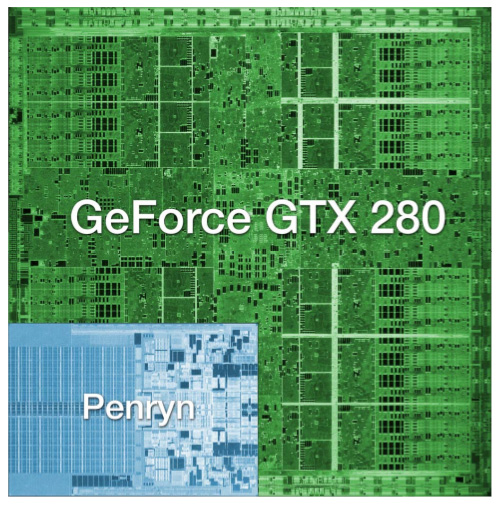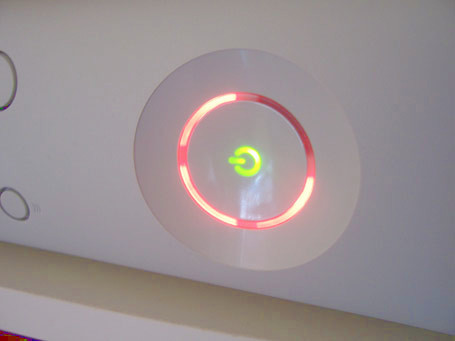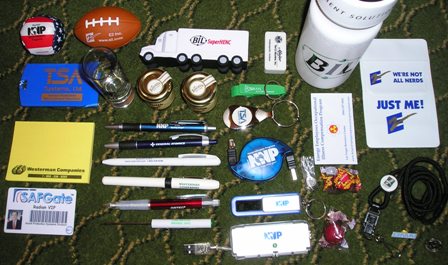For
my report on this year's SNUG San Jose conference, I'll point out the
major themes that cropped up across multiple sessions. If you're a
Synopsys customer, you can see all the papers and presentations at the SNUG web site.
Low Power Everywhere
Low
Power support is becoming pervasive in design flows. Both in design and
verification, tools are supporting techniques such as Clock Gating,
Multi-Vt, Power Gating, State Retention, Multi-Voltage, and Dynamic
Frequency and Voltage Scaling.
Of course, for an EDA company, this requires a new name to
designate these new features. So, Synopsys is calling it their "Eclypse"
flow. (Note the funky spelling to give fits to spell checkers
everywhere.) I don't think this name matters much to ASIC engineers --
do you care what the "Galaxy" or "Discovery" platforms consist of?
DC Topographical Uber Alles
DC
Topographical, which is Design Compiler's inclusion of "virtual layout"
during synthesis, is becoming mainstream. The newest edition is DC-Graphical.
It adds congestion reporting and optimization, and a GUI to help
visualize and debug virtual layout-related issues. It certainly makes
more sense than using traditional wireload models, though you could run
into correlation issues if the virtual layout floorplan is very
different from actual.
Blues Compiler Rocks
The biggest treat of SNUG was the first public west coast
performance of Blues
Compiler,
Synopsys' house band. To be honest, I hung around to hear them play out
of curiosity. I figured it would be a bunch of guys who used to play
in college and still liked to goof around with their instruments. Boy,
was I in for a pleasant surprise! Featuring CEO Aart on electric
guitar, and "Diva" Joanne W on vocals, this band absolutely rocked!
They sounded very professional and played a number of sweet electric
blues/rock songs. I'd compare their sound to Janis Joplin's,
who I am a big fan of. Absolutely recommended to check out if you get a
chance. They usually play at Boston SNUG, and I hope they'll be back in
San Jose in the future.
A review of the performance would not be complete without a
nod to the "Solid Gold"
Marcom Dancers,
who succeeded in getting a bunch of engineers in a banquet room dancing
to the tunes. Quite an accomplishment. I was impressed and hope to get
dancing lessons from "Crazy Legs" Shankar H in the future.
 Here's a query for all you software professionals out there: Are there tools or techniques that allow programmers to debug a program remotely?
That is, can the executable and its data be on one server, and the source code and the engineer driving the debugger be on another server?
This could be two servers in the same farm, or, more interestingly,
the program could be running at the customer site, while the
debugging is driven from the vendor's site.
Here's a query for all you software professionals out there: Are there tools or techniques that allow programmers to debug a program remotely?
That is, can the executable and its data be on one server, and the source code and the engineer driving the debugger be on another server?
This could be two servers in the same farm, or, more interestingly,
the program could be running at the customer site, while the
debugging is driven from the vendor's site.

 I'm at
I'm at 









